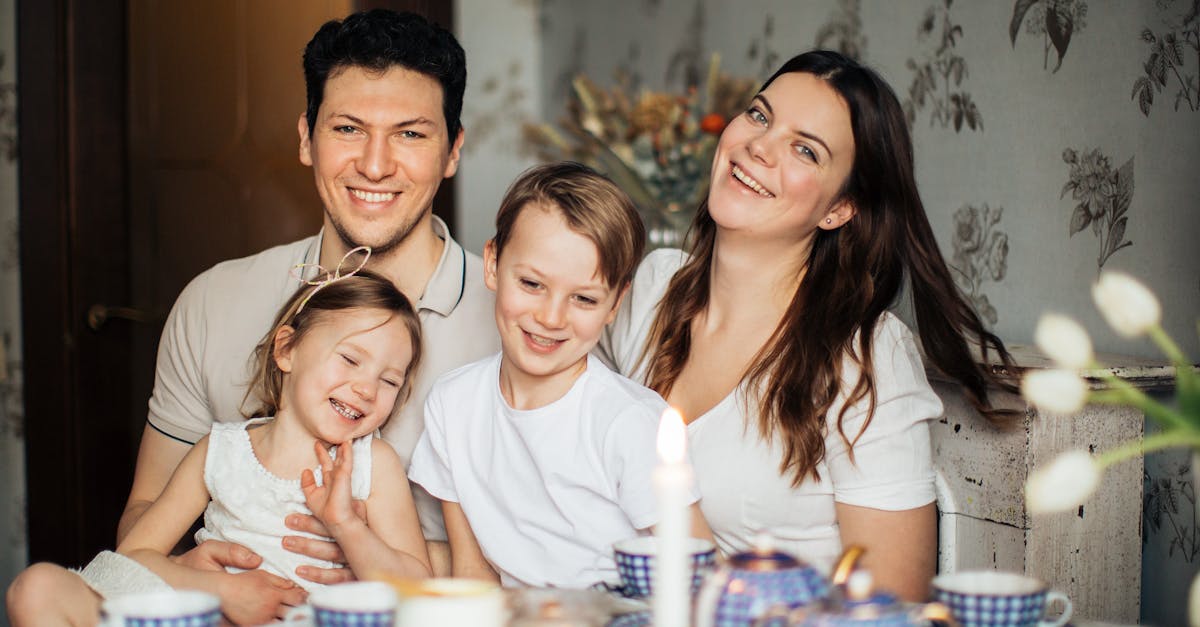Introduction
Love is a complex and multifaceted emotion that can be difficult to navigate in a relationship. One common question that arises is whether one person loves more than the other. This concept can be a source of anxiety and insecurity for many individuals, and it is important to understand the dynamics of love in a relationship in order to address these concerns.
Understanding the concept of love is the first step in navigating this issue. There are many different theories of love, ranging from the biological to the psychological, and each theory has its own implications for the concept of loving more in a relationship. Additionally, love languages can play a significant role in how individuals perceive and express love, and it is important to understand your own love language as well as your partner's in order to accurately assess the dynamics of your relationship.
Assessing the relationship is the next step in determining who may love more. This involves identifying the signs of love and affection in your relationship, as well as analyzing the actions and words of both partners to determine who may be showing more love. It is important to consider individual love languages and how they may affect perceptions of love, as well as any external factors that may be influencing the dynamics of the relationship.
Open communication is key when analyzing the dynamics of love in a relationship. It is important to approach the discussion of who may love more in a non-judgmental and productive way, and to work towards a balance of love in the relationship. Ultimately, the goal should be to strive for a balanced and fulfilling relationship, rather than relying too heavily on the concept of loving more.
In conclusion, understanding the dynamics of love in a relationship is crucial for navigating the concept of loving more. By defining love, assessing the relationship, communicating openly with your partner, and striving for balance, you can work towards a healthy and fulfilling relationship.
Table of Content
- Defining Love
- Assessing the Relationship
- Communicating with Your Partner
- Beyond Loving More: A Balanced Relationship
- Conclusion
Defining Love
Defining Love
Love is a complex and multifaceted emotion that can be difficult to define. However, understanding your own definition of love is crucial when analyzing the dynamics of love in your relationship. Different theories of love, such as Sternberg's Triangular Theory of Love, suggest that love is composed of three components: intimacy, passion, and commitment. These components can vary in intensity and may affect perceptions of loving more in a relationship.
Another important factor to consider when defining love is love languages. Love languages refer to the different ways in which individuals express and receive love. These include acts of service, quality time, physical touch, words of affirmation, and receiving gifts. Understanding your own love language and that of your partner can help you better understand how love is expressed and received in your relationship.
It is important to note that there is no one-size-fits-all definition of love. Each individual may have their own unique understanding and experience of love. Therefore, taking the time to reflect on your own definition of love and how it relates to your relationship can help you better navigate the dynamics of loving more.

Assessing the Relationship
Assessing the Relationship
When it comes to determining who loves more in a relationship, it's important to assess the relationship as a whole. This means looking at the actions and words of both partners to determine who may be showing more love. However, it's important to keep in mind that everyone expresses love differently, and what may be perceived as a lack of love from one partner may simply be a difference in love languages.
One way to assess the relationship is to identify the signs of love and affection. This can include things like physical touch, quality time, acts of service, words of affirmation, and gifts. It's important to consider each partner's individual love language when analyzing these signs, as what may be a clear expression of love for one person may not be as significant for another.
Another important factor to consider when assessing the relationship is the level of effort put in by each partner. This can include things like planning dates, initiating conversations, and making sacrifices for the other person. It's important to look at both the quantity and quality of effort put in by each partner, as well as the consistency of these efforts over time.
When assessing the relationship, it's also important to consider any external factors that may be affecting the dynamics of love. This can include things like stress from work or family issues. It's important to approach the assessment of the relationship with empathy and understanding, and to avoid making assumptions or jumping to conclusions.
Overall, assessing the relationship is an important step in determining who loves more in a relationship. However, it's important to approach this assessment with an open mind and a willingness to communicate with your partner. By understanding each other's love languages and working towards a balance of love in the relationship, you can create a healthy and fulfilling partnership.

Communicating with Your Partner
Communication is key in any relationship, and it is especially important when analyzing the dynamics of love. When discussing who may love more in the relationship, it is crucial to approach the conversation in a non-judgmental and productive way.
Start by expressing your own feelings and perceptions of the relationship. Use "I" statements to avoid placing blame on your partner. For example, instead of saying "You never show me enough love," try saying "I feel like I need more love and affection in our relationship." This approach allows your partner to understand your perspective without feeling attacked.
Listen actively to your partner's response and try to understand their perspective as well. Avoid interrupting or becoming defensive. Remember that the goal of the conversation is to work towards a balance of love in the relationship, not to prove who loves more.
Once both partners have expressed their feelings and perceptions, work together to come up with strategies for improving the balance of love in the relationship. This may involve compromising on certain actions or finding new ways to show love and affection.
Remember that communication is an ongoing process in any relationship. Check in with your partner regularly to ensure that both of your needs are being met and that the balance of love in the relationship is maintained. By approaching the conversation with openness and understanding, you can work towards a more fulfilling and balanced relationship.

Beyond Loving More: A Balanced Relationship
In any relationship, it's easy to get caught up in the idea of who loves more. However, it's important to remember that a healthy relationship is not just about loving more, but about striving for balance and equality.
It's dangerous to rely too heavily on the concept of loving more in a relationship. This can create an unhealthy power dynamic where one partner feels like they have more control or influence over the other. It can also lead to feelings of resentment or inadequacy if one partner feels like they are constantly trying to prove their love.
Instead, both partners should work towards a balanced and fulfilling relationship. This means striving for equality in all aspects of the relationship, from decision-making to emotional support. It's important to recognize that each partner brings unique strengths and weaknesses to the relationship, and that these should be valued and respected equally.
Communication is key in maintaining a balanced relationship. Both partners should feel comfortable expressing their needs and concerns, and should be willing to listen and compromise. It's also important to regularly check in with each other to ensure that both partners are feeling fulfilled and supported.
Ultimately, a balanced relationship is one where both partners feel valued, respected, and loved. While it's natural to want to feel like you love your partner more, it's important to remember that love is not a competition. By working towards a balanced and fulfilling relationship, both partners can experience the joy and happiness that comes with being in a healthy partnership.

Conclusion
In conclusion, understanding the dynamics of love in a relationship is crucial for its success. It is important to recognize that the concept of loving more is not always helpful and can even be harmful if it leads to an imbalance of power in the relationship. Instead, strive for balance and equality in your relationship.
Remember to communicate openly with your partner about your feelings and perceptions of love. Approach these discussions in a non-judgmental and productive way, focusing on finding solutions rather than placing blame. Keep in mind that love languages can play a significant role in how love is perceived and expressed, so it is important to consider your partner's individual needs and preferences.
Ultimately, a healthy and fulfilling relationship is one in which both partners feel loved and valued. Continue to work towards this balance by prioritizing open communication, mutual respect, and a willingness to compromise. With these strategies in mind, you can navigate the complexities of love in your relationship and build a strong foundation for a lasting partnership.




